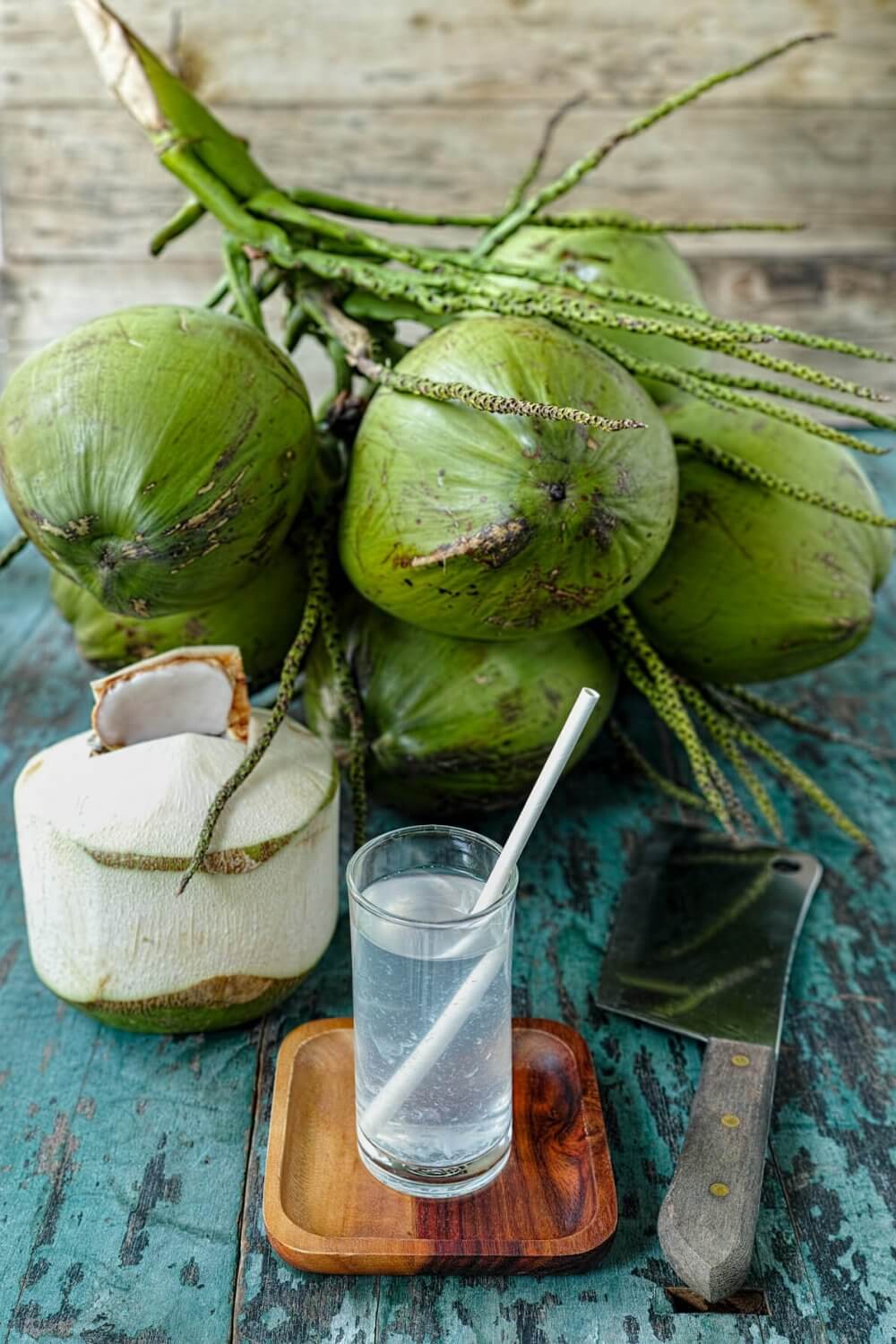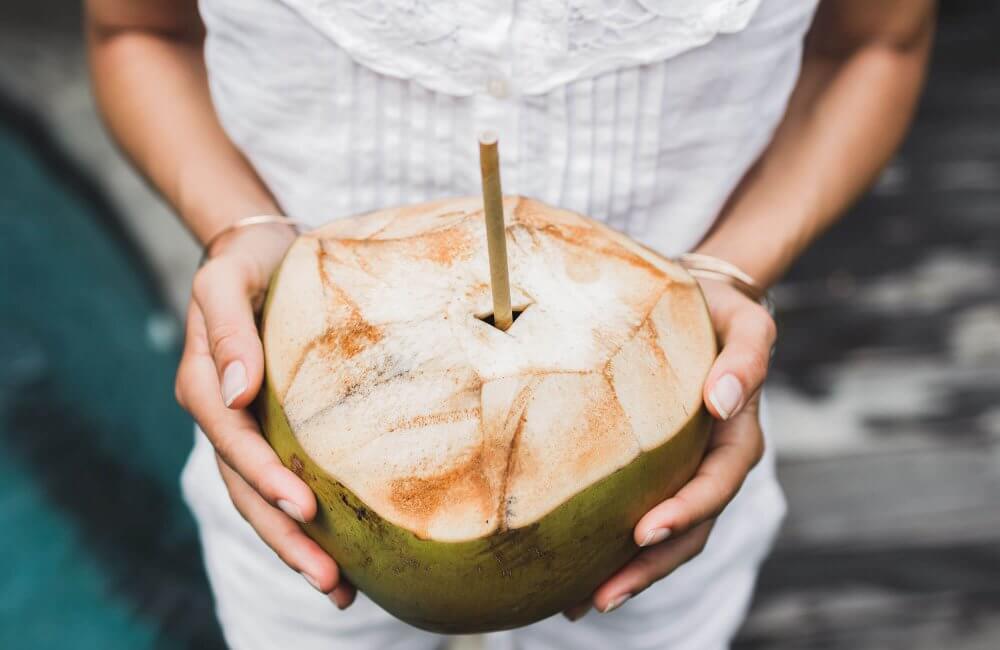At Respect Food we’re all about getting the most out of our ingredients, and if there’s one fruit with limitless possibilities, it’s a coconut. Considering that the coconut is one of the most versatile foods, it’s generally only used it for a single recipe when bought.
To celebrate World Coconut day, here are some simple and delicious ways to enjoy every part of this delectable drupe.
1. Coconut water
Coconut water is the go-to drink for yogis and in recent years has taken the rest of the world by storm due to its array of health benefits, for example, the wealth of natural electrolytes that help keep you hydrated. When it’s fresh, there is nothing better – try keeping it tropical by mixing with mango, or give the classic combo of strawberry and banana a fresh twist. Coconut water is also an excellent addition to many savoury recipes – add it to a marinade for fish or meat, or use it to lighten up a curry.
When storing coconut water, it’s worth keeping in mind that it spoils quickly. Keep it in an airtight container and chill it in the freezer for 30 minutes before transferring to the fridge -this should keep it fresh for a week. You can also freeze it in ice cube trays, so it’s ready to go straight into a smoothie (or a particularly classy white wine sangria.).





